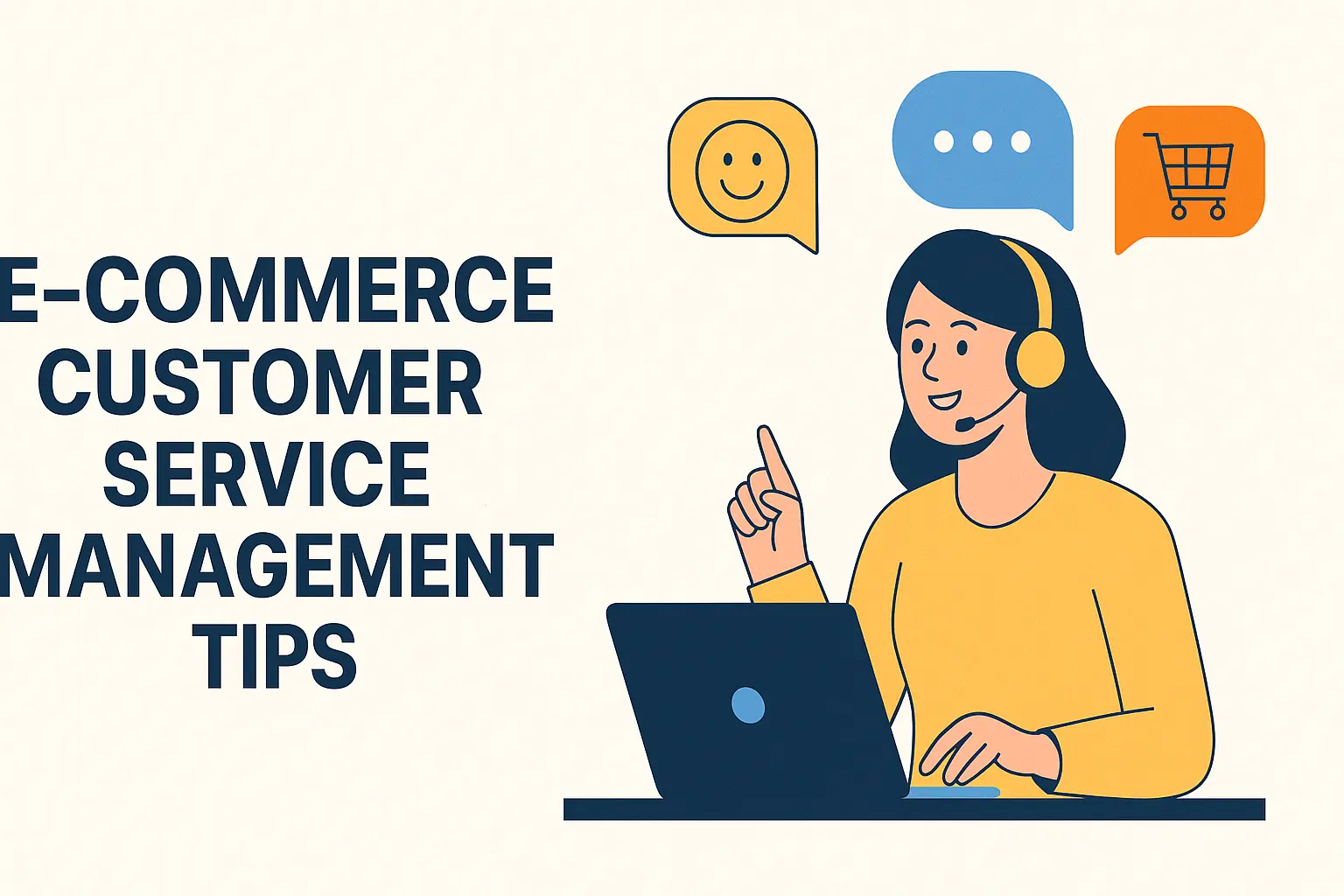- Perfality
- September 22, 2025
- 11:00 am
- Read Time: 5 mintues
An online store can look great — smooth checkout, shiny product pages — but if support fails, none of that matters. What customers actually remember is how you handle them when something goes wrong. That’s why ecommerce customer service is a deal-maker (or deal-breaker). If answers come fast, people stay. If they feel ignored, they leave. Simple as that.
Why Service Wins Over Everything
Two sellers, same product. One responds after three days. The other replies in three minutes. You know who wins. Strong ecommerce customer service builds trust, often before the order is even placed. It sets expectations and makes buyers feel safe.
And honestly, nobody wants to wait days for a cold, copy-paste email.
Replies That Actually Matter
Speed counts, but speed without substance? Worthless. A rushed “we’re checking” reply just frustrates people. Teams that follow customer service best practices make sure their responses are both quick and useful. Templates are fine as long as they sound human. Drop the buyer’s name, reference their order — those small touches keep ecommerce customer service personal instead of robotic.
Be There Before Checkout
Here’s something sellers forget: help doesn’t start after the purchase. One of the smartest customer service best practices is being available before checkout. Live chat makes this simple. Someone wondering about shipping or sizing can get instant answers. That small support moment keeps carts from being abandoned. Smart ecommerce customer service setups even mix bots for FAQs with real people for trickier issues.
Don’t Let Problems Grow
Good support reacts. Great support prevents. A strong ecommerce customer service team doesn’t wait for complaints. If a shipment is running late, tell the buyer first. That proactive move turns frustration into trust. It’s also a textbook example of customer service best practices in action.
Give Customers the Option to Self-Serve
Not everyone wants to contact support. Some just want answers on their own. A clear FAQ or knowledge base supports ecommerce customer service by giving people control. Brands that build these resources are showing they understand customer service best practices, while also lightening the load for their agents.
Equip Your Team
No support agent can perform well without tools. They need access to order histories, past chat logs, and clear policies. Tech helps, but empathy matters even more. Ongoing training, feedback, and escalation steps all keep ecommerce customer service running smoothly. These systems are exactly what customer service best practices are built around.
Where Perfality Comes In
At Perfality, we’ve worked with brands that were losing customers over slow replies and clunky support. Our approach is straightforward: apply proven customer service best practices, set up better workflows, and give teams tools to deliver responsive, personal ecommerce customer service. The outcome? Faster replies, more trust, and customers who stay.
What’s the Real Lesson?
Spending on ads and products but ignoring service is a mistake. Strong ecommerce customer service does far more than solve problems. It creates loyalty, drives repeat sales, and builds reputation. By sticking to customer service best practices like quick replies, proactive updates, and pre-order support, brands give customers the experience they actually want.
And with Perfality, companies don’t just fix gaps. They build scalable systems that keep shoppers happy before, during, and after the purchase.






